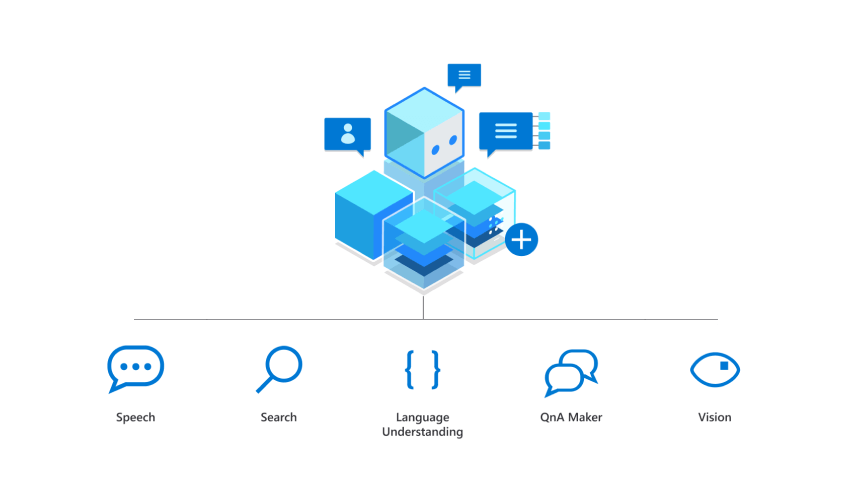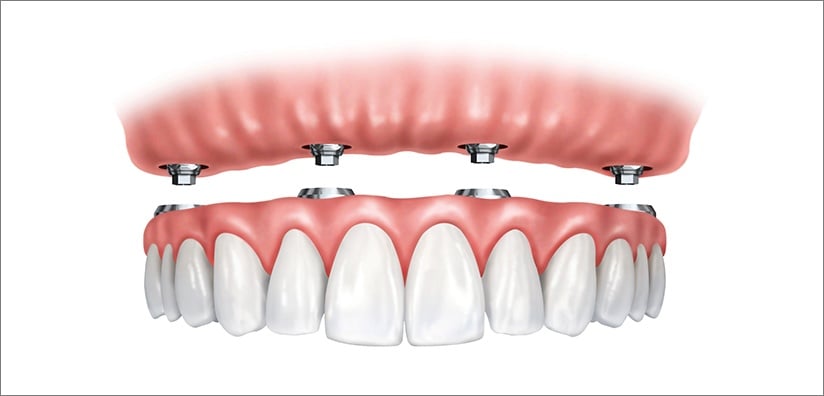Screw retained implants first started being introduced to the public in the 1980s after undergoing ample studying and testing. This innovation addressed concerns with implant crown retrieval, repair and replacement furthermore, implants such as these reduced bone ingrowths into the metal implant, a phenomenon referred to as osseointegration, directly improving the healing process making it smoother and shorter. As time progresses, all aspects of screw retained implants have been thought out to meet the demands of today’s customers, from shape to coating and structure, working together to perfectly replace the position natural teeth once use to hold. At their core, screw retained implants are just a more convenient and practical way to replace or restore lost teeth or, tooth structure.
Designed to go with modern times, screw retained implants are easy to work with and remarkably hygienic, they screw directly onto an implant or screw retained abutment positioned on the implant. By going with these types of implants you can be sure the tissues that will grow around the osseintegrated dental implant will be healthy, because screw retained implants contribute to healthy peri-implant tissue they’re often a preferred alternative to cement retained ones. Moreover, the predictability they bring when working with them particularly in terms of retrievability reduces the margin of error, as a result also helping improve recovery rates. Taking little to no space, screw retained implants are ideal if you’re seeking a straightforward but effective hygiene, maintenance, repairs or surgical intervention process. The angulate screw channels make even wide range screw channel orientation a possibility where access position can then be adjusted through multi-unit abutments or angulated crew channel systems. Saying screw retained implants are serviceable is an understatement, they can directly be created and worked on within the CAD or CAM software then, a precise fit can quickly be ensured, made and seated.
Like most implants, screw retained are the best option if, they fit your needs. Lack of thick and adequate restorative material combined with poor aesthetic management of the access hole could happen if the implants are improperly angulated. What’s more the checking process for interdental contacts during the restoration can be made more complicated. However, as any adaptation, maintenance and repair of the restoration can be done without damaging the supra structure that is, simply by unscrewing.
All in all, the advantages these implants bring overwhelming out way their minor faults and, should be an option to consider if suited for the circumstances in question.







